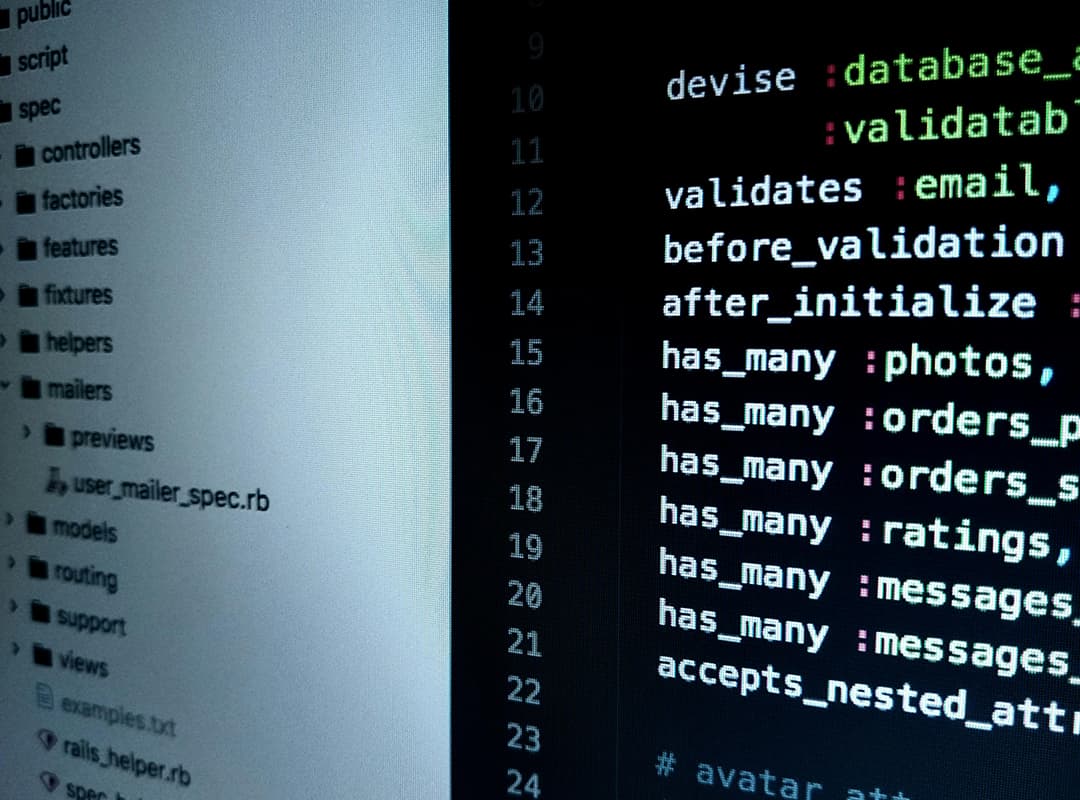Git provides flexibility, allowing you to create workflows that suit your needs and preferences. However, there are best practices and caveats to be aware of. One crucial tip involves the type of repository you should push to. Let’s break down this concept:
Definitions
Bare Repository
A bare repository is created using the --bare option. It only contains the files and folders inside the .git directory, without a working directory or checked-out files.
Non-Bare Repository
A non-bare repository is a typical clone that includes a working directory with checked-out files.
Best Practice: Push to Bare Repositories Only
While there are many ways to share changes with Git, the best practice is to push changes only to bare repositories. As the Git FAQ advises:
A quick rule of thumb is to never push into a repository that has a work tree attached to it, until you know what you are doing.
Why Push to Bare Repositories?
Pushing to non-bare repositories can lead to conflicts and potential data loss. Git was designed to prevent data loss, and pushing to non-bare repositories can disrupt this safeguard.
Creating a Bare Repository
To create a bare repository, use the following command:
git clone --bare <repository-url>
You can then host this bare repository with git daemon or other Git hosting solutions, allowing others to access it.
The Risks of Pushing to Non-Bare Repositories
If you push to a non-bare repository, Git implements measures to prevent accidental data loss. Here’s what happens:
- Push to Non-Bare Repository: The repository now has uncommitted changes.
- Reset and Checkout: To apply the pushed changes, you must run:sh
git reset --hard HEAD git checkout -f- Recover Lost Work: If any work is lost, use
git reflogto recover the lost commits from Git’s datastore.
To avoid complications and ensure data safety, always push to bare repositories. Using the --bare option simplifies the process and aligns with Git’s design to prevent data loss. If you need to push to a non-bare repository, now you know the steps to mitigate potential issues.
By adhering to these best practices, you can maintain a smoother and safer workflow in your Git environment.
